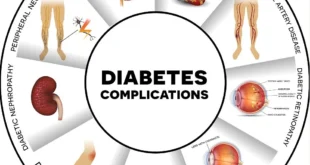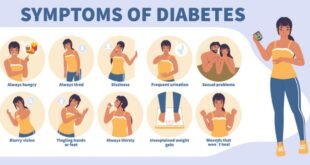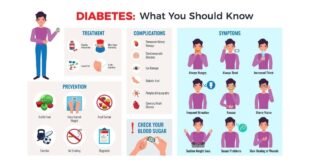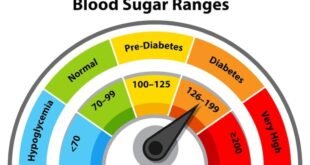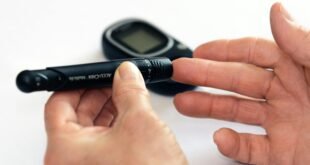Type 1 vs Type 2 Diabetes: What’s the Real Difference?
Diabetes is a chronic condition that affects how the body regulates blood sugar (glucose). While both Type 1 and Type 2 diabetes involve problems with insulin, they are fundamentally different in cause, development, and treatment. Understanding the difference is key to proper management and awareness.
🔹 What Is Type 1 Diabetes?
- Cause: Type 1 diabetes is an autoimmune condition. The body’s immune system mistakenly attacks and destroys the insulin-producing cells in the pancreas.
- Onset: It usually develops in childhood or adolescence, but can occur at any age.
- Insulin: People with Type 1 diabetes produce little or no insulin and must take insulin daily.
- Risk Factors: Genetics and environmental triggers (like viral infections) play a role.
- Symptoms: Sudden weight loss, extreme thirst, frequent urination, fatigue, and blurred vision.
🔹 What Is Type 2 Diabetes?
- Cause: Type 2 diabetes develops when the body becomes resistant to insulin or doesn’t produce enough.
- Onset: More common in adults over 40, but increasingly seen in younger people due to lifestyle factors.
- Insulin: The body still produces insulin, but it doesn’t use it effectively.
- Risk Factors: Obesity, poor diet, lack of exercise, family history, and age.
- Symptoms: Often mild or gradual—fatigue, slow healing wounds, frequent infections, and increased thirst.
🧠 Key Differences at a Glance
| Feature | Type 1 Diabetes | Type 2 Diabetes |
|---|---|---|
| Cause | Autoimmune destruction of insulin cells | Insulin resistance or deficiency |
| Age of Onset | Usually younger (childhood/teen) | Usually older (40+), but varies |
| Insulin Production | None or very little | Reduced or ineffective use |
| Treatment | Daily insulin injections | Lifestyle changes, oral meds, insulin (if needed) |
| Risk Factors | Genetics, immune response | Lifestyle, obesity, genetics |
| Onset Speed | Sudden | Gradual |
🛡️ Why It Matters
Knowing whether someone has Type 1 or Type 2 diabetes helps determine the right treatment plan. While both types require careful blood sugar management, the approach and urgency differ. Early diagnosis and education are key to living a healthy life with diabetes.
Final Thought: Type 1 and Type 2 diabetes may share a name, but they are distinct conditions with different roots. Understanding the difference empowers individuals, families, and communities to respond with the right care and support.
 Kolnest.com – Know the Signs. Change the Future. Entertainments, Gadgets, Business, News, Articles, Love, Travel, Heallth
Kolnest.com – Know the Signs. Change the Future. Entertainments, Gadgets, Business, News, Articles, Love, Travel, Heallth
